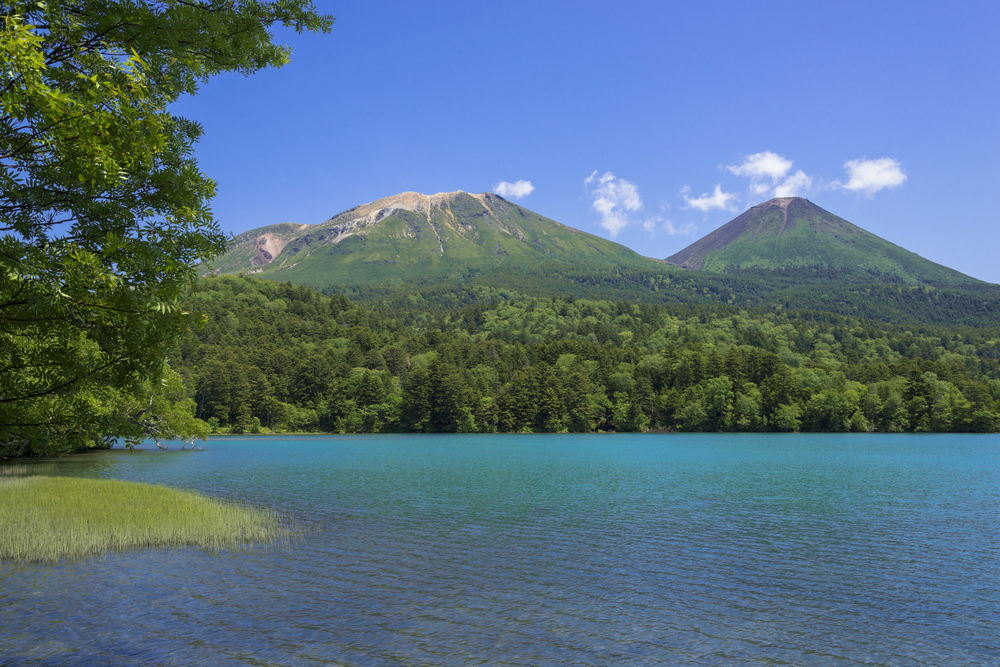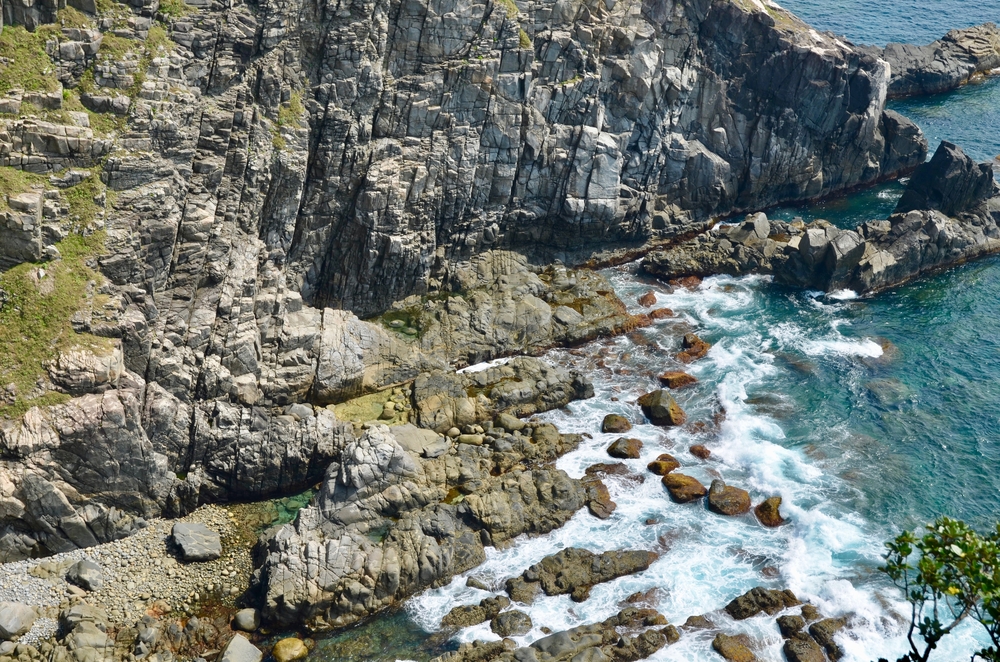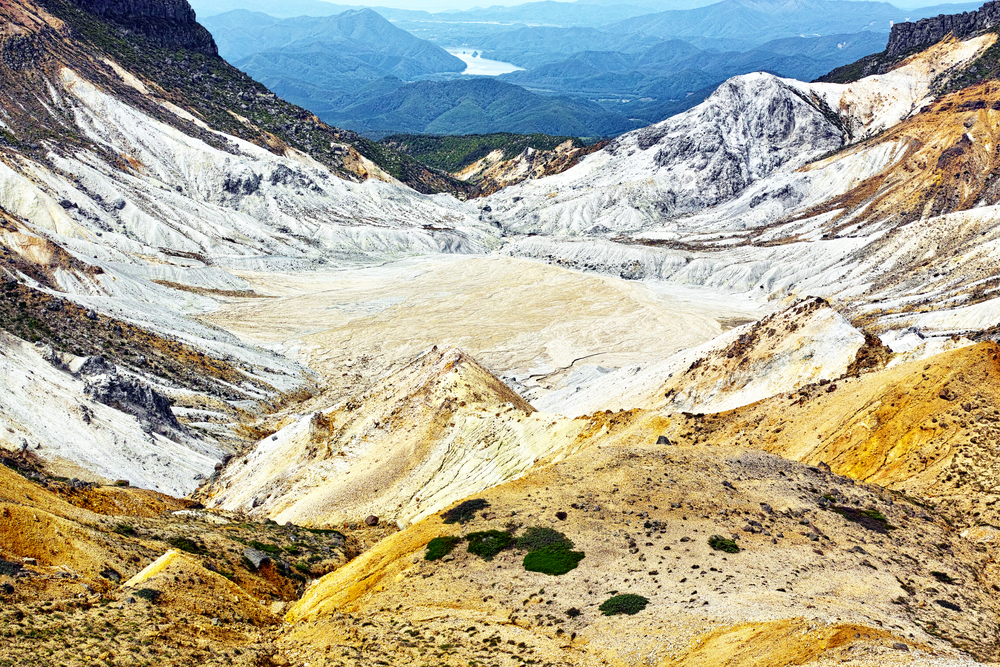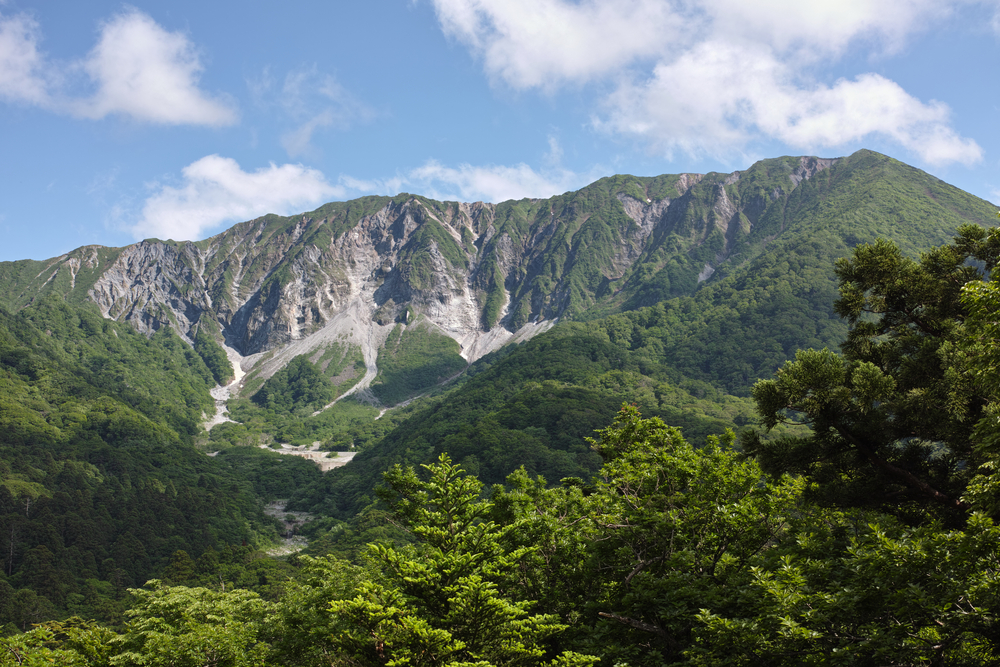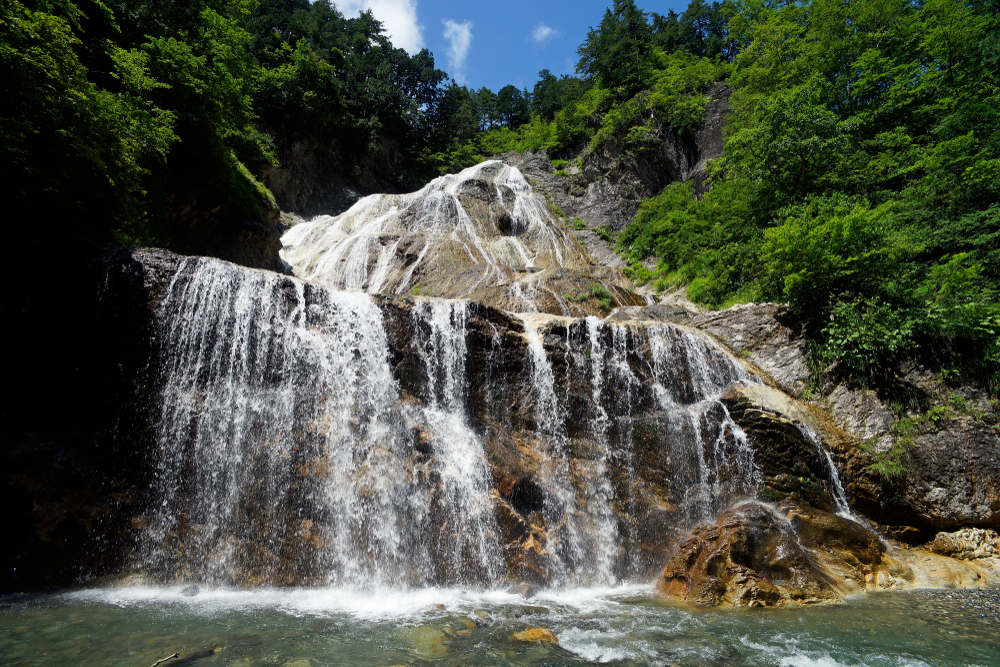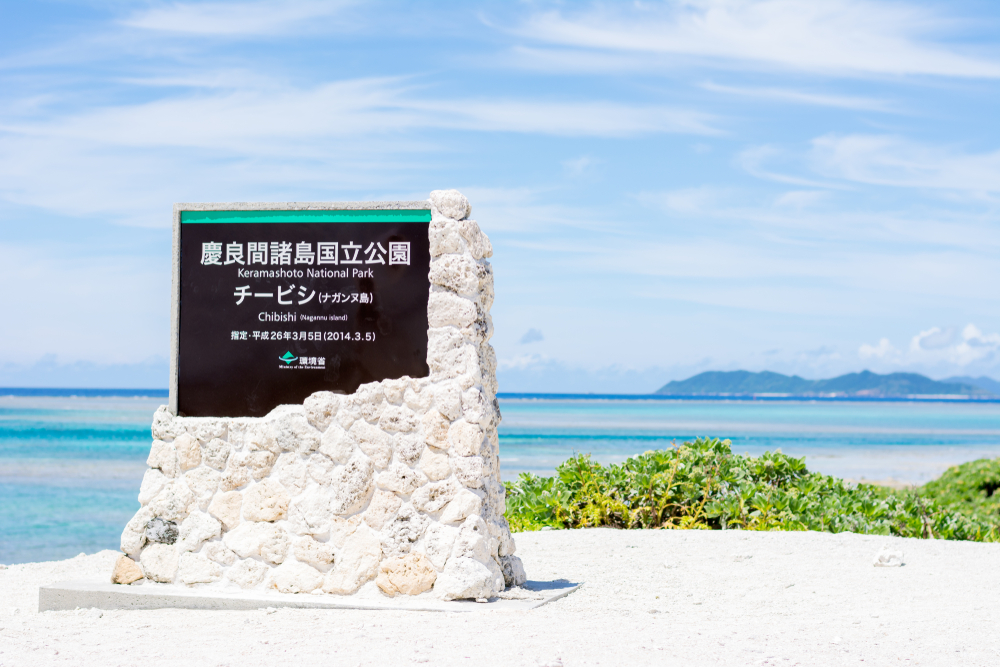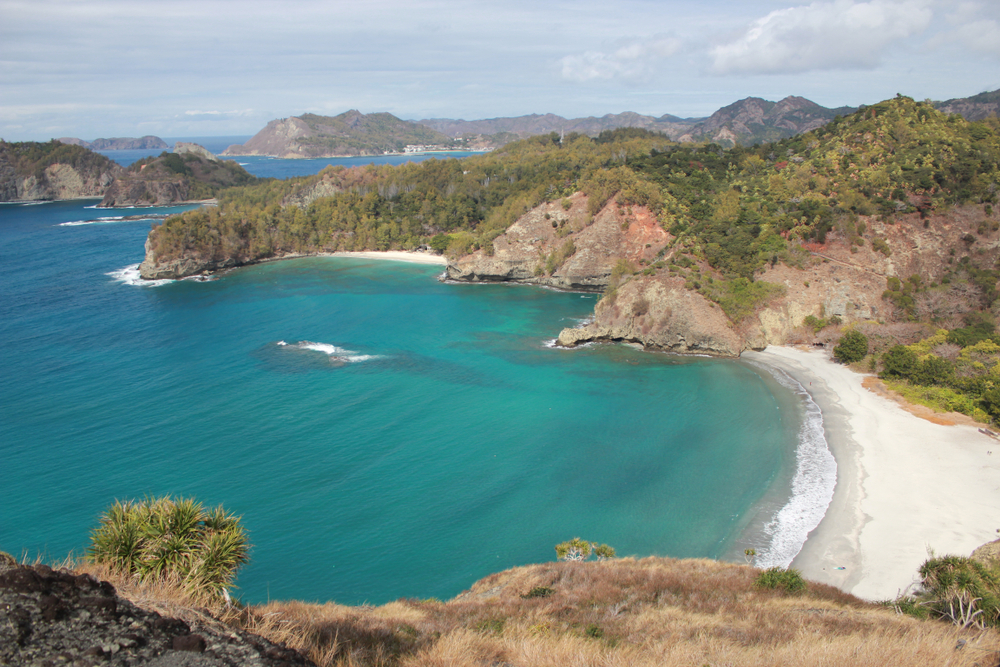Sanin Kaigan Overview
Sanin Kaigan National Park, known locally as 山陰海岸国立公園 (San’in Kaigan Kokuritsu Kōen), is a captivating natural treasure located along the northern coastline of Japan’s Honshu island, spanning the Tottori, Hyogo, and Kyoto Prefectures. Covering an area of approximately 141 square miles (366 square kilometers), this park is celebrated for its remarkable geological features, scenic coastal landscapes, and rich biodiversity. Declared a national park in 1963, Sanin Kaigan serves as a testament to Japan’s dedication to preserving its natural heritage and provides visitors with a gateway to explore one of the country’s most stunning coastal regions.
The terrain of Sanin Kaigan National Park is a fascinating mix of rugged cliffs, sandy beaches, caves, and coastal dunes shaped over millennia by volcanic activity and the relentless action of the Sea of Japan. One of the park’s standout features is the Tottori Sand Dunes (Tottori Sakyu), Japan’s largest dune system, which stretches along the coast and offers panoramic views of the sea. The park also encompasses majestic granite cliffs such as the Uradome Coast, which is dotted with small islands and dramatic sea arches. The Genbudo Caves, a series of basalt rock formations, provide another geological wonder and are a result of ancient lava flows that cooled into unique hexagonal columns.
The vegetation within Sanin Kaigan National Park is equally varied, reflecting the park’s diverse terrain. Coastal areas are home to hardy grasses and shrubs adapted to salty winds, while inland regions boast forests of pine, oak, and cedar trees. Seasonal wildflowers add vibrant colors to the landscape, particularly in spring and summer. These ecological zones support a variety of wildlife, making the park a haven for nature enthusiasts. Visitors may encounter Japanese macaques, raccoon dogs, and sika deer in the forested areas. Birdwatchers are also drawn to the park for its array of avian species, including black kites, Japanese white-eyes, and the endangered Japanese crested ibis, which has been successfully reintroduced to the region.
Popular highlights of Sanin Kaigan National Park include the Tottori Sand Dunes, where visitors can enjoy activities like camel rides, sandboarding, or exploring the Sand Museum, which features intricate sand sculptures. The Uradome Coast is a favorite spot for snorkeling and sea kayaking, allowing visitors to experience the park’s crystal-clear waters and marine life. Hiking trails, such as the ones leading to Mt. Mitoku and its ancient Nageiredo Temple, offer breathtaking views and glimpses of Japan’s cultural heritage.
Conservation efforts in Sanin Kaigan National Park focus on protecting its unique ecosystems from challenges such as coastal erosion, climate change, and the impacts of tourism. The park has seen successes in habitat restoration, particularly for bird species like the Japanese crested ibis, and ongoing community-led initiatives aim to balance preservation with sustainable tourism. Visitors are encouraged to engage with the park respectfully, ensuring its natural beauty is safeguarded for future generations.











































































